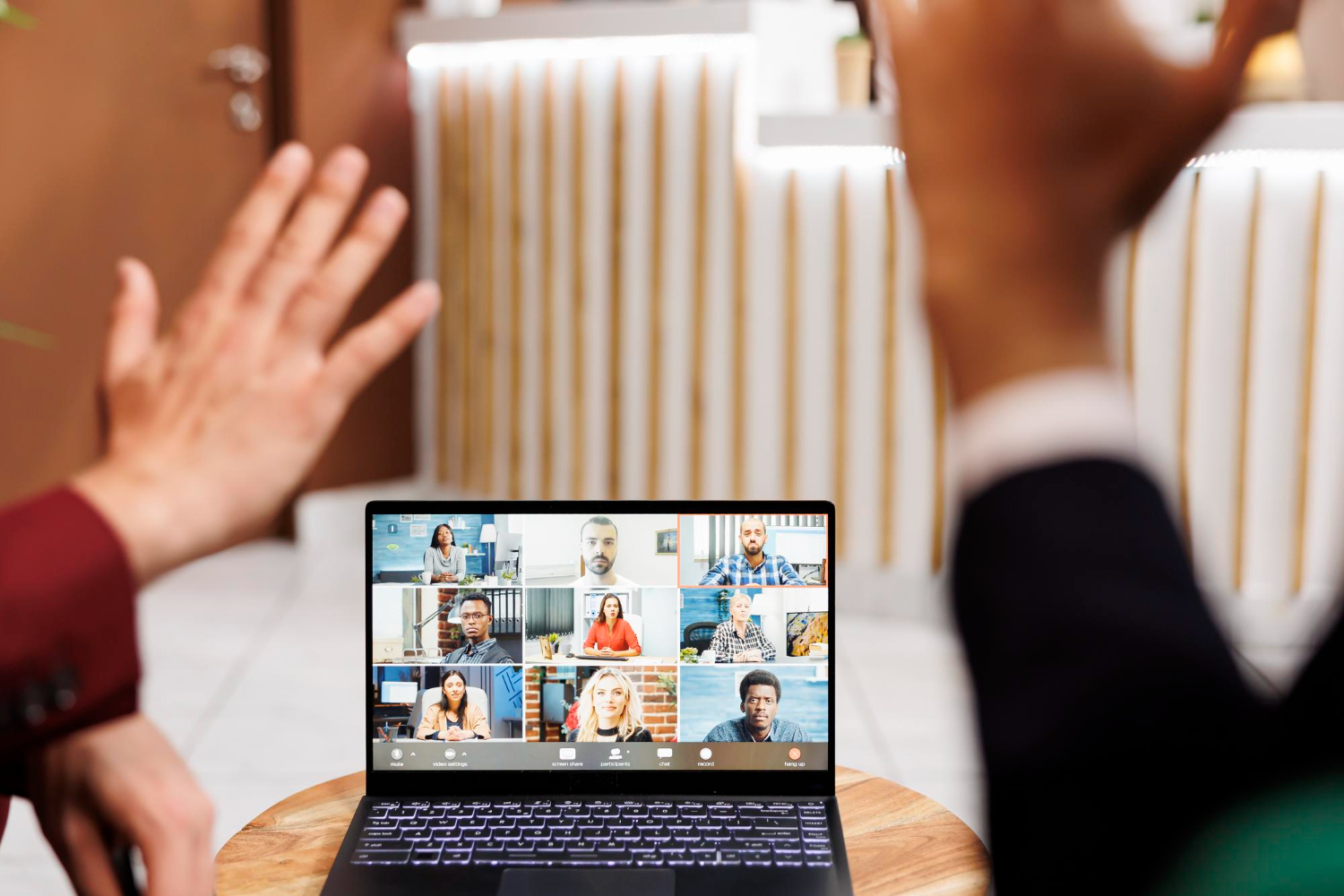Keeping people engaged during a virtual event is not easy. Many attendees join from home or other quiet spaces, and distractions are everywhere. Without a live setting, keeping attention can feel like a challenge. The right approach can help you boost audience engagement and make your event better.
Whether it’s a webinar, online conference, or team meeting, you should keep your viewers interested and involved.
Why Audience Engagement Matters
A virtual event can only succeed if your audience pays attention. It is not enough to present good content. You also need to connect with your viewers.
Engaged attendees stay longer, ask questions, and remember more. They interact with polls, leave comments, and join Q&A sessions. This kind of response shows that your message is getting through.
It also helps build trust. When people feel seen and heard, they are more likely to return for future events. Good audience engagement keeps your content fresh and meaningful.
Read more: Real-Time Video Conferencing for Modern Communication
Real-Time Interaction Is Key
One of the biggest benefits of a virtual event is real-time communication. You can respond to questions, share updates, and adjust content based on what your audience needs.
Live polls and chat boxes help people feel involved. They allow two-way conversation instead of a one-sided lecture. This simple feedback keeps everyone connected and helps speakers adjust on the fly.
Real-time tools give attendees a voice. When you include them in the event, they care more about what’s being said.
Start with a Strong Opening
People decide within minutes whether to stay or leave. A weak start can lose your audience before your message begins.
Start strong. Welcome your guests. Tell them what to expect. Make the purpose clear. A good introduction values their time.
If your event starts with energy and clarity, people are more likely to stick around and engage.
Keep the Format Simple and Clear
Overloading your event with long slides or too many speakers can confuse your audience. Clear, simple formats work best.
Break the session into smaller parts. Include breaks or short recaps. Use clear slides with minimal text.
Also, make sure your tech setup is easy to follow. If people struggle to hear or see what’s happening, they will tune out quickly.
Simplicity keeps focus on the message, not the tool.
Read more: Remote Work Made Easy with Video Conferencing
Use the Chat and Q&A Features
Most video conferencing tools include a chat box or Q&A feature. These are useful for building audience engagement.
Encourage questions throughout the session. Try not to save all the questions for the end. Respond in real time where possible. This keeps the conversation active.
If the speaker can’t manage the chat, have a moderator help. Someone should always be available to answer questions and keep the chat lively.
It is a simple way to show your audience that you are listening.
Make Visuals Count
Visuals are key in keeping attention online. People respond better to images, videos, and animations than blocks of text.
Use visuals to support your message. Keep them clear and relevant. Don’t overdo it—too many graphics can distract instead of help.
A clean, simple visual helps your point land. It also gives your audience something to remember.
Read more: Managing Time Zones with Video Conferencing Tools
Keep Sessions Short and Focused
Virtual attention spans are short. People often multitask or lose focus quickly.
Avoid long, drawn-out sessions. Keep your event focused. Each session should deliver a clear takeaway. If your event is long, add short breaks between sections.
This helps people reset and re-engage with the content.
Follow Up After the Event
Audience engagement doesn’t stop when the session ends. Following up shows that you value your attendees.
Send a thank-you message, share the recording, and invite feedback. You can also include key takeaways or links to further content.
This keeps the conversation going and sets the stage for future events.
Conclusion
A successful virtual event depends on more than just good speakers and slides. To keep people engaged, you need interaction, clarity, and care.
Use real-time tools to invite feedback. Keep your content clear and simple. Make space for questions and encourage conversation.
When your audience feels involved, your message has more impact. And that’s what great events are all about.
Image credits: Freepik
